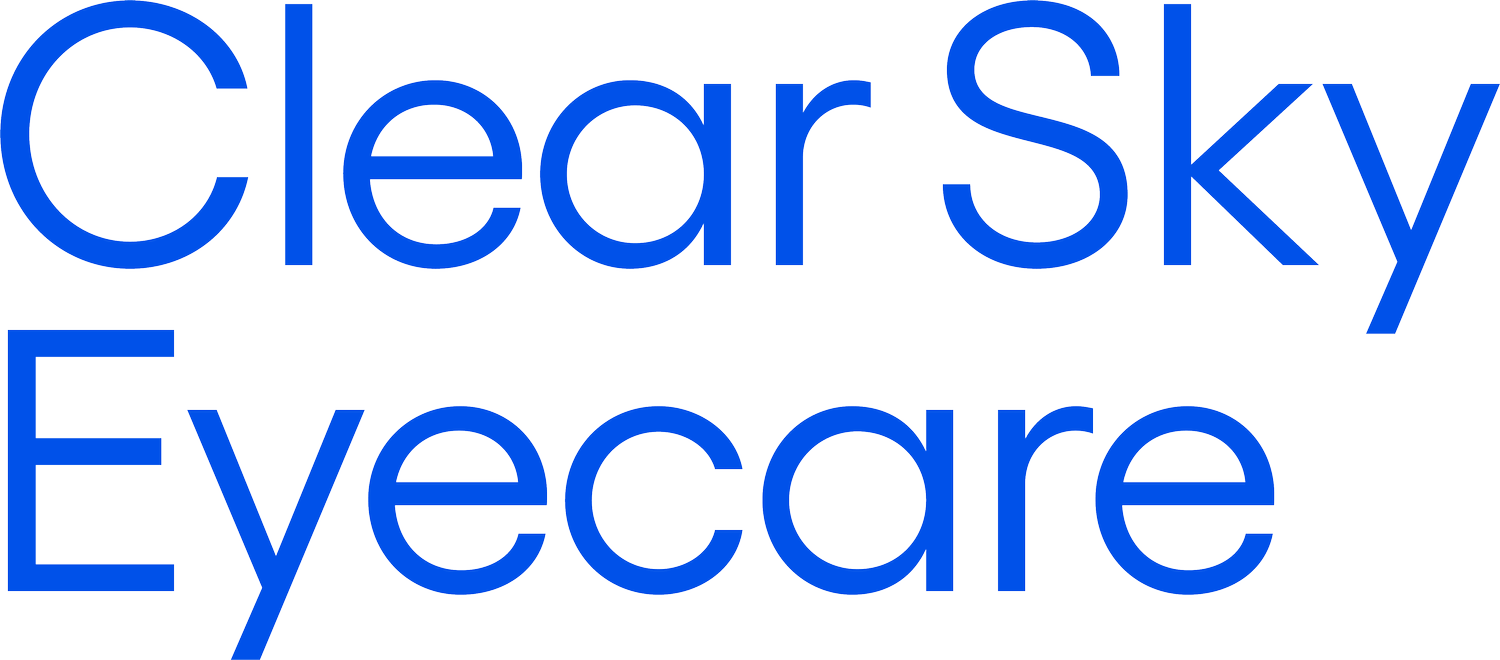Blue Light and Eye Health: What You Need to Know
Blue light is a type of visible light that can be emitted from screens such as computers, smartphones, and TVs. While blue light can be beneficial in some ways, such as regulating our circadian rhythm, it can also be harmful to our eyes in excess. This blog post will discuss the effects of blue light on eye health and how to protect your eyes from its harmful effects.
Blue light is a type of visible light that has a shorter wavelength and higher energy than other colors of light. It is found in sunlight and in the light emitted from electronic devices such as computers, smartphones, and TVs.
Blue light can be beneficial in some ways. For example, it helps to regulate our circadian rhythm, which is our sleep-wake cycle. Blue light exposure during the day can help us to feel alert and awake.
However, blue light can also be harmful to our eyes in excess. Too much blue light exposure can cause eye strain, dry eyes, and headaches. It can also damage the retina, the light-sensitive tissue at the back of the eye.
Effects of Blue Light on Eye Health:
Eye strain
Blue light is scattered more easily than other colors of light, which can make it difficult for the eye to focus. This is because blue light has a shorter wavelength and higher energy than other colors of light. When blue light enters the eye, it hits the cornea and lens, which are responsible for focusing light onto the retina. However, blue light is not as easily focused as other colors of light, so it can cause the eye to work harder to focus.
This can lead to eye strain, especially when using digital devices for long periods of time. Symptoms of eye strain include:
Tired eyes
Dry eyes
Blurred vision
Headaches
Neck and shoulder pain
Dry Eyes
Blue light can reduce the production of tears, which can lead to dry eyes. Dry eyes are a common condition that can cause a variety of symptoms, including:
Discomfort
Redness
Burning
Itching
Blurred vision
Sensitivity to light
Dry eyes can be caused by a variety of factors, including environmental factors such as dry air, wind, and smoke, as well as medical conditions such as allergies and blepharitis. However, blue light exposure can also contribute to dry eyes.
Headaches: Blue light can trigger migraines and other types of headaches
Blue light can trigger migraines and other types of headaches. Migraines are a neurological condition that can cause severe headaches, often accompanied by nausea, vomiting, and sensitivity to light and sound. Other types of headaches that can be triggered by blue light exposure include cluster headaches and tension headaches.
The exact mechanism by which blue light triggers headaches is not fully understood, but it is thought that blue light may interfere with the production of melatonin, a hormone that helps to regulate sleep-wake cycles. Disruptions in melatonin production can lead to headaches and other health problems.
Retinal damage
The retina is the light-sensitive tissue at the back of the eye. It contains millions of photoreceptor cells that convert light into electrical signals that are sent to the brain, where they are interpreted as images.
Too much blue light exposure can damage the photoreceptor cells in the retina. This damage can lead to age-related macular degeneration (AMD), a leading cause of blindness in older adults. AMD is a progressive condition that causes blurred vision in the central field of vision.
Retinal damage: Too much blue light exposure can damage the retina, which can lead to age-related macular degeneration (AMD), a leading cause of blindness in older adults.
How to Protect Your Eyes from Blue Light
There are a number of things you can do to protect your eyes from blue light, including:
Limit screen time: Reduce the amount of time you spend looking at screens, especially before bed.
Take breaks: If you have to use digital devices for long periods of time, take breaks every 20 minutes to look at something else for at least 20 seconds.
Adjust your screen settings: Most digital devices have settings that can reduce blue light exposure. Adjust these settings to reduce your exposure to blue light.
Use blue light blocking glasses: Blue light blocking glasses can help to reduce your exposure to blue light. These glasses have special lenses that filter out blue light.
Increase your distance from screens: The further you are from a screen, the less blue light you will be exposed to.
Use night mode: Many digital devices have a night mode that reduces blue light exposure.
Avoid using screens in the dark: Using screens in the dark can disrupt your sleep and increase your exposure to blue light.
If you have any questions about eye health, vision care, or the services we offer, please don't hesitate to contact us. We are always happy to help. You can schedule an appointment online or by calling us at (616)-465-5503 We also accept walk-ins, but we recommend scheduling an appointment to ensure that you are seen promptly.
We are located at 644 Fulton Street West, Suite C Grand Rapids, MI 49504
